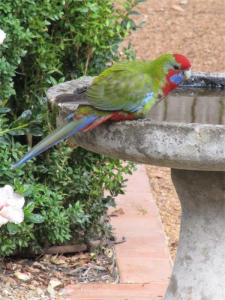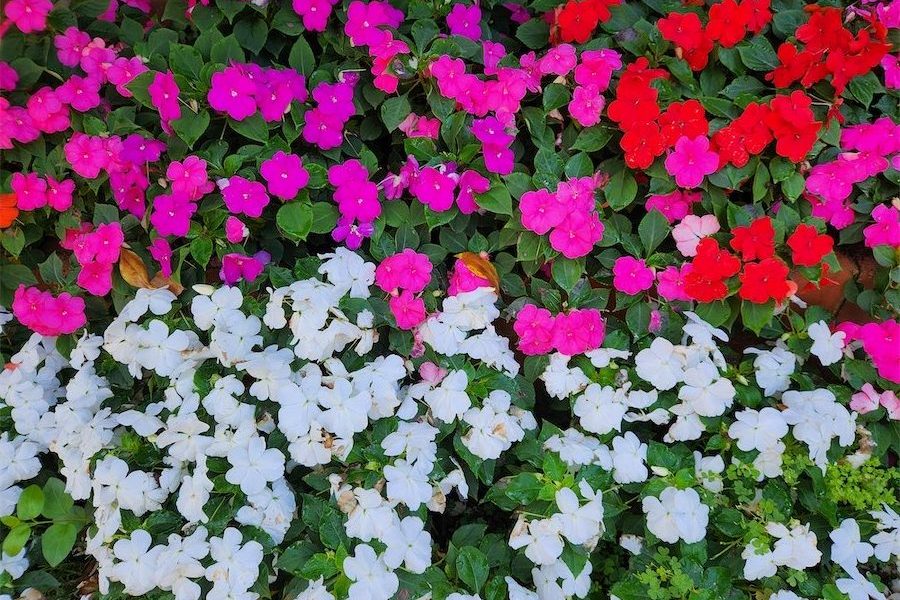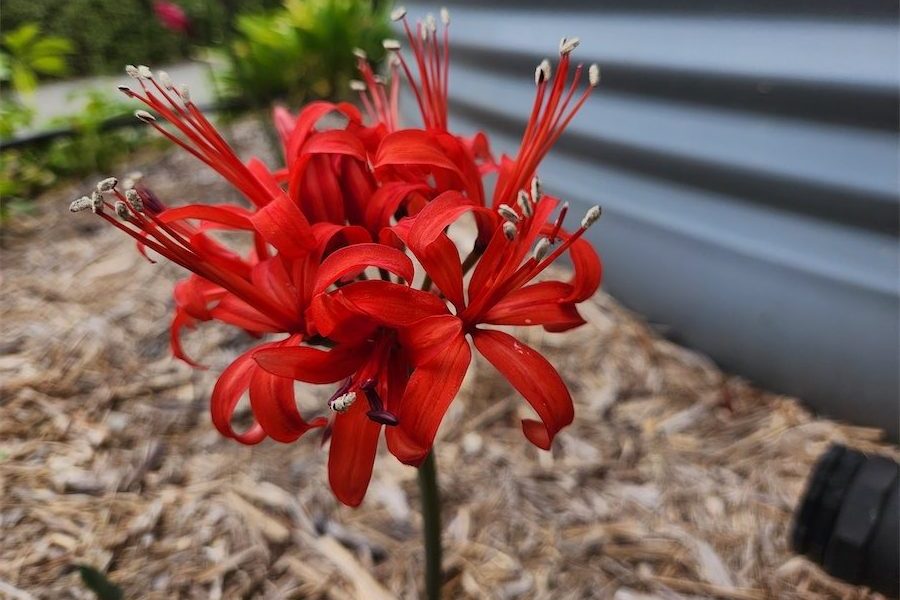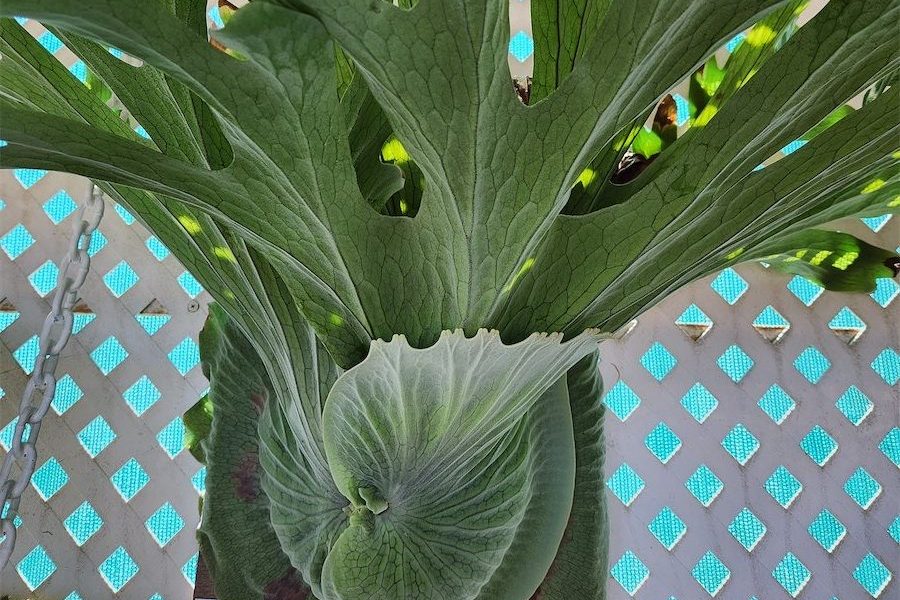

More of a small tree rather than a shrub, it is considered an invasive weed in South Africa, rather like our Acacia Baileyana or Cootamundra Wattle, which is not allowed to be sold in the ACT.
The next few weeks are ideal for visiting the botanic gardens to enjoy the spring flowers.
First call at the visitors’ centre and collect the “Fruit, Flowers and Foliage” leaflet, which provides a pleasant walk through the gardens identifying what is in flower or special interest in fruit and foliage each week.
Many of the flowers you see will not be available commercially as botanic gardens are like living museums, often preserving rare and endangered plants.
Just as the drought is having a disastrous effect on NSW, rainfall in the ACT is down considerably. Except for some recent, insignificant rain our July total was just 7.8mm, the lowest since 1994’s 6.4mm.
Besides gardens, this shortfall has an impact on our wildlife, especially the bird population. There may appear to be plenty of water for birds. We have several lakes around the place, but most birds need fairly shallow water to be able to drink, stand in, dunk in and wash the dust off their feathers.
Which comes to garden bird baths, of which many are filled too deeply. I suggest a water depth to a maximum of six centimetres.

Ideally bird baths should be placed in an open space in the garden, not close to bushes or under trees where cats can sit and wait to attack. Birds like to see 360 degrees around them.
While currawongs are said to attack and frighten off most other birds, experience in our garden has been the opposite. While we have a regular pair using the bird bath on a daily basis, we also have top-knot pigeons, wattle birds, pee wees, parrots and, my favourite, the blackbird.
On occasions we have more than one variety in the bird bath at the same time, say parrots washing and top-knot pigeons sitting on the edge waiting for their turn.
Despite my earlier misgivings, Chris Davey from the Canberra Ornithologists Group told the Belconnen Garden Club recently that it’s okay to feed birds.
He suggested the feeding time should be in the evening rather than the morning or continuously during the day.

In the early morning birds will wake hungry and look for food in the garden, worms and other insects coming closer to the surface during the night. In the heat of the day the worms and insects dig deeper making it harder for birds to find food, so additional feeding in the evening is recommended.
Jottings…
- Time to seriously prune wisteria, cutting back the long trailing stems to just 2-3 leaf joints, similar to pruning grapes.
- Rhodos and camellia japonicas will be a mass of buds to flower in the next few weeks. Give them one last feed now with a liquid certified organic plant food.
- Check for rats in the compost heap. With the dry weather they are heading into town. Make sure any rat bait is not accessible to pets or possums.
Who can be trusted?
In a world of spin and confusion, there’s never been a more important time to support independent journalism in Canberra.
If you trust our work online and want to enforce the power of independent voices, I invite you to make a small contribution.
Every dollar of support is invested back into our journalism to help keep citynews.com.au strong and free.
Thank you,
Ian Meikle, editor




Leave a Reply